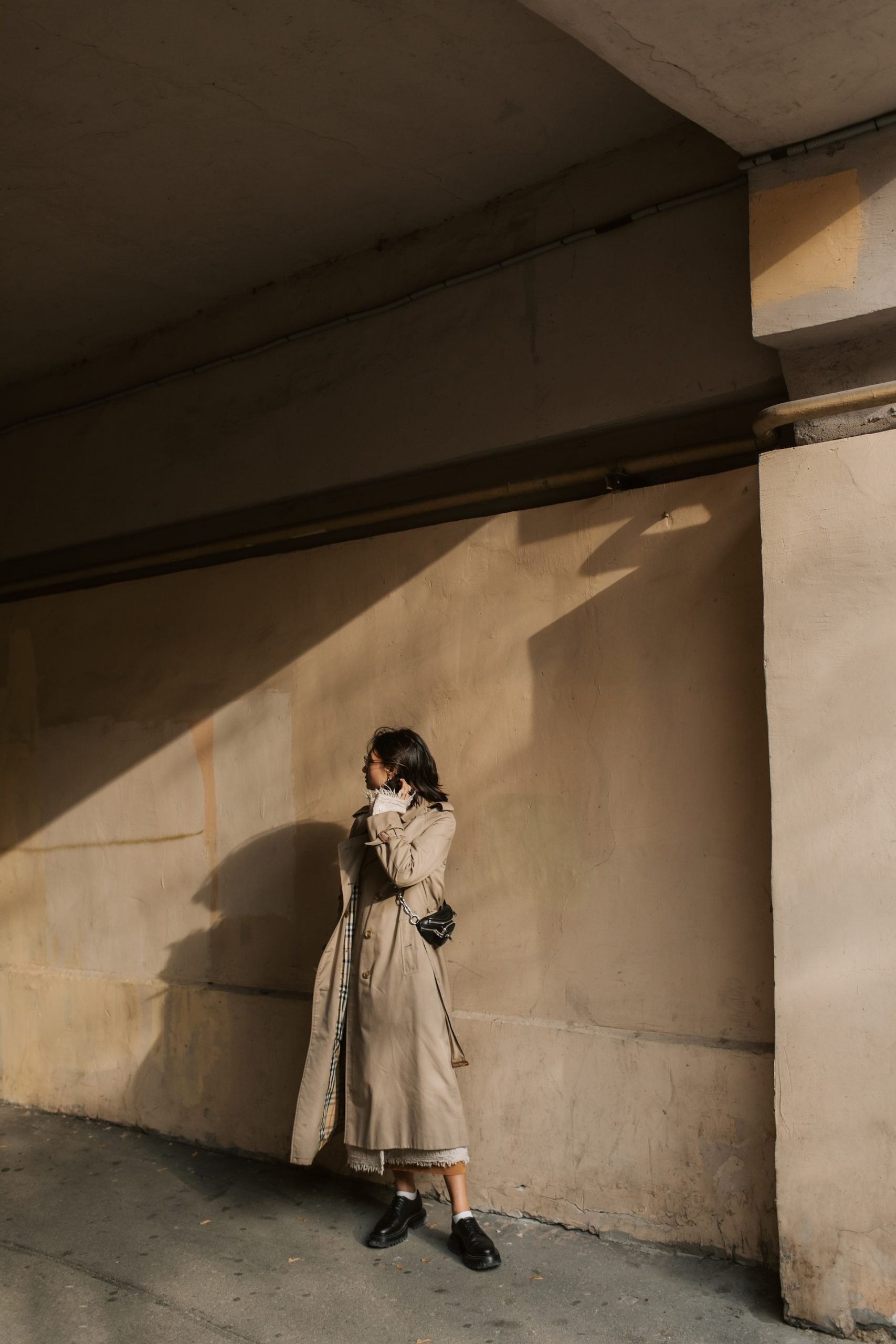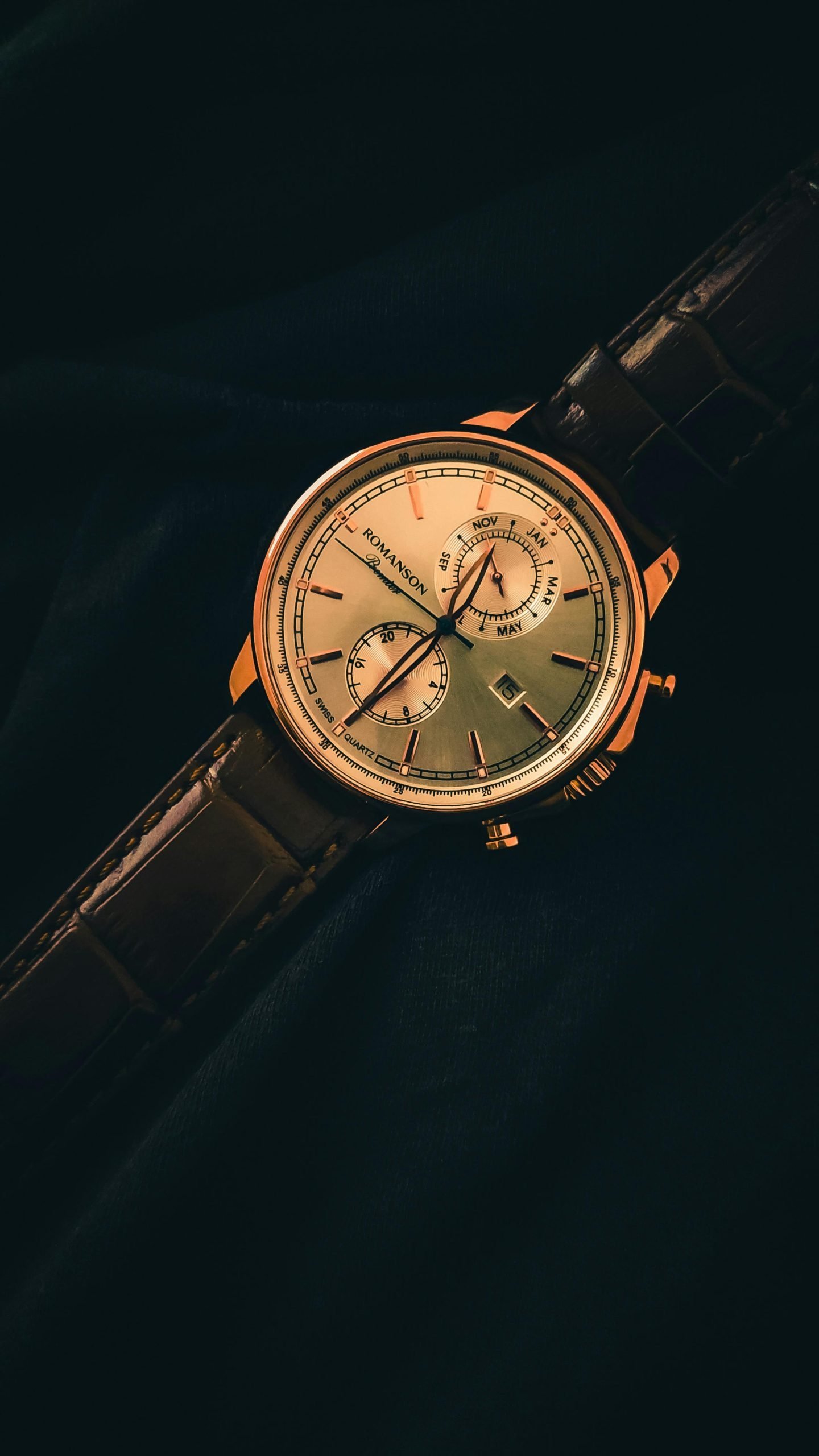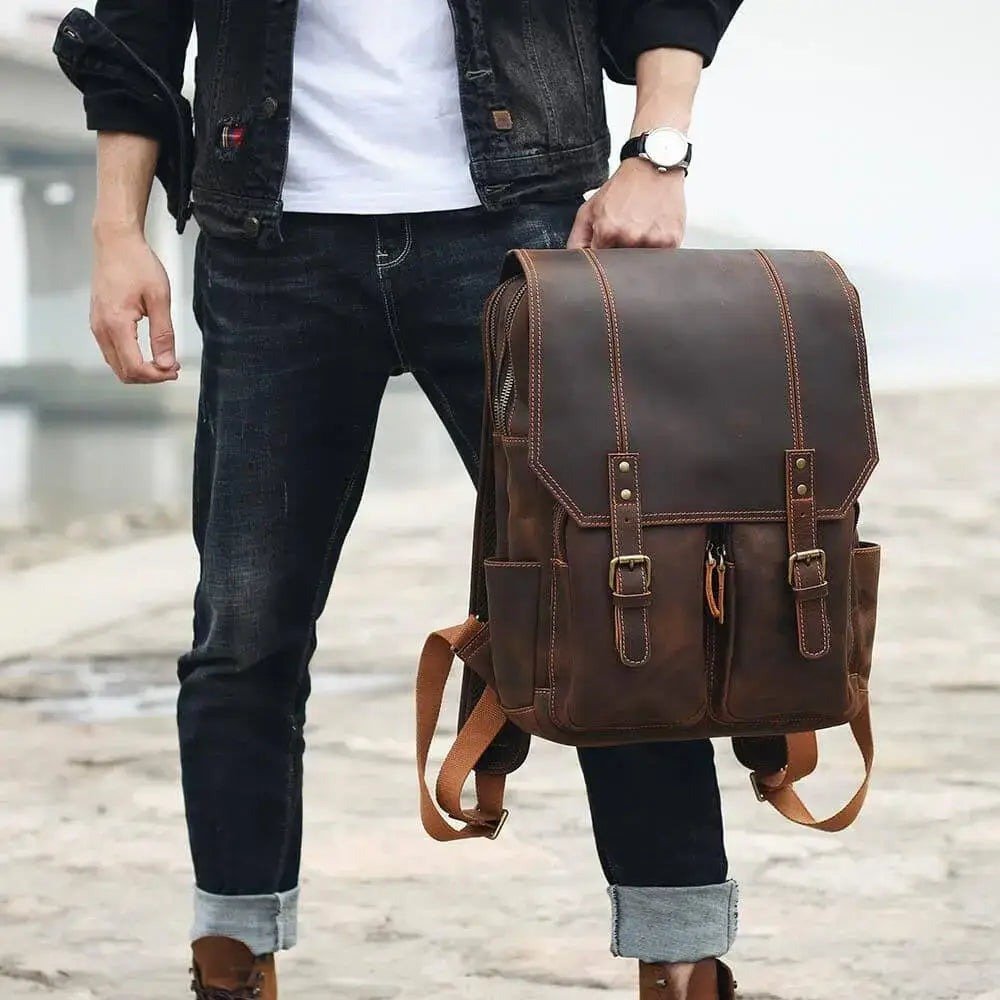
How the Burberry Trench Became an Iconic Piece
This publication is also available in: Français
Deutsch
Italiano
Español
With the arrival of the warmer days, it makes its grand comeback. Embracing all our movements with grace and fluidity, the Burberry trench coat once again takes over the streets this spring-summer. Between practical and aesthetic, the piece has seduced for more than 140 years both male and female wardrobes. And has confirmed its place as an essential for many profiles. While it parades today through city alleys, the trench coat has also faced more complicated times, against the backdrop of trench warfare. A piece with a strong history, which gives it character, and knows how to play its strengths. Rediscovering an iconic piece!
What is the origin of the Burberry trench?
While we all know it for its straight cut, enchanting beige, and belt that cinches it to taste, the Burberry trench has a much richer and darker history than its appearances under the spotlight of fashion shows.


Defeating the weather with style
At its origin, it wasn’t a question of style that led to its creation, but the search for a new piece combining waterproofing and ventilation.
It was the Englishman Thomas Burberry who we owe the first inspirations for the trench coat as we know it today. Suffering from rheumatism, he wished to create a new material, more efficient than those available at the time, to counter the typical, yet unpleasant English drizzle. His idea: to have a lightweight piece that could protect from the rain, cold, while allowing the body to breathe.
This is how the young man, a former draper, and head of his own house since he was 21 years old in 1856, set to improve the pieces available at the time, and began to write the legacy of the Burberry house.
The “Mack” and “Aquascutum”, the first sketches of the trench coat
The first waterproof coat, the Mack, appeared at the beginning of the 1820s. This creation is owed to the inventors Charles Macintosh and Thomas Hancock, already at the forefront of the rubber industry in Great Britain. Made of rubberized cotton, the overcoat was improved a few years later, with the model by the English tailor John Emary, who named his piece after his company, Aquascutum.

Gabardine, a new chapter towards the Burberry trench
In 1879, Thomas Burberry approached the manufacture of the waterproof trench from another angle. By waterproofing each fiber of cotton and wool before weaving, and not once assembled as is customary, the head of Burberrys house designed a new material, much more efficient, thus allowing droplets to slide off the fabric instead of infiltrating it. This is how gabardine was born, and established itself as the most effective piece at the time. His trench quickly became popular and was adopted by all adventurer profiles.
In 1895, the creation of the Tielocken model confirmed the house’s notoriety and outlined the silhouette of the mythical Burberry trench.

How did the Burberry trench become a staple?
After seducing hunters and other explorers, the piece became linked to a more complicated environment, that of war.
Indeed, with many advantages, the Burberry trench provided good protection against rain, dust, and toxic gases, while ensuring good ventilation. Also, it was possible to attach accessories to its belt, put items in its large pockets, or attach rank insignias on the shoulder straps.
Adapted for the environment, the model wore khaki to more easily camouflage itself.
A first order was placed by the army during the Second Boer War in South Africa. Then, during World War I, the model was prized and worn by more than half a million soldiers, thereby being renamed “trench coat”.



The success of the piece was observed with the creation of similar pieces by other brands, at more accessible prices, to make the trench reachable for more budgets.
The Burberry trench, from trenches to pavements
Benefiting from an heroic image, of the soldier defending his homeland, the Burberry trench became a coveted piece, also for everyday life. To make it more elegant, the house created the internal tartan lining, the Nova Check, which became the emblem of the house.
The radiance of cinema and the films in which heroes wear the trench, wraps the piece in all the glamour of the 7th art and makes it even more sought after. After male figures like Humphrey Bogart or Gene Kelly, in the 40s and 50s, the Burberry trench became part of the women’s wardrobe in the 60s, and was worn by Audrey Hepburn, Marlène Dietrich or even Meryl Streep.


The piece quickly became a must-have, a symbol of class and elegance, with a resonance not of soldiers’ coats, but an image linked to fictional characters portrayed on the big screen.


Soon, other designers incorporated the trench silhouette into their collections, while the British royal family made Burberry their official supplier.
The piece experienced a quieter period in the 1970s/1980s but regained prominence with the arrival of the new Artistic Director of Burberry, Christopher Bailey at the beginning of the 2000s.
How to choose a Burberry trench coat for women?
Over the years, the Burberry trench has reinvented itself while keeping its iconic line. We thus discover the piece under different silhouettes, named after London neighborhoods: Kensington, Westminster, Pimlico, Chelsea, and Waterloo. Available in different colors and visual plays, with the Nova Check present only as a lining, or also on the collar, the piece fits into the wardrobe of men, women, and children.



From one model to another, we find the iconic characteristics of the piece, between belt, buttons, wrist straps, and shoulder flaps. The silhouette itself is reworked, either by the shape of the collar, the positioning of the buttons, or its length, to offer pieces that fit both a classy and casual look.





